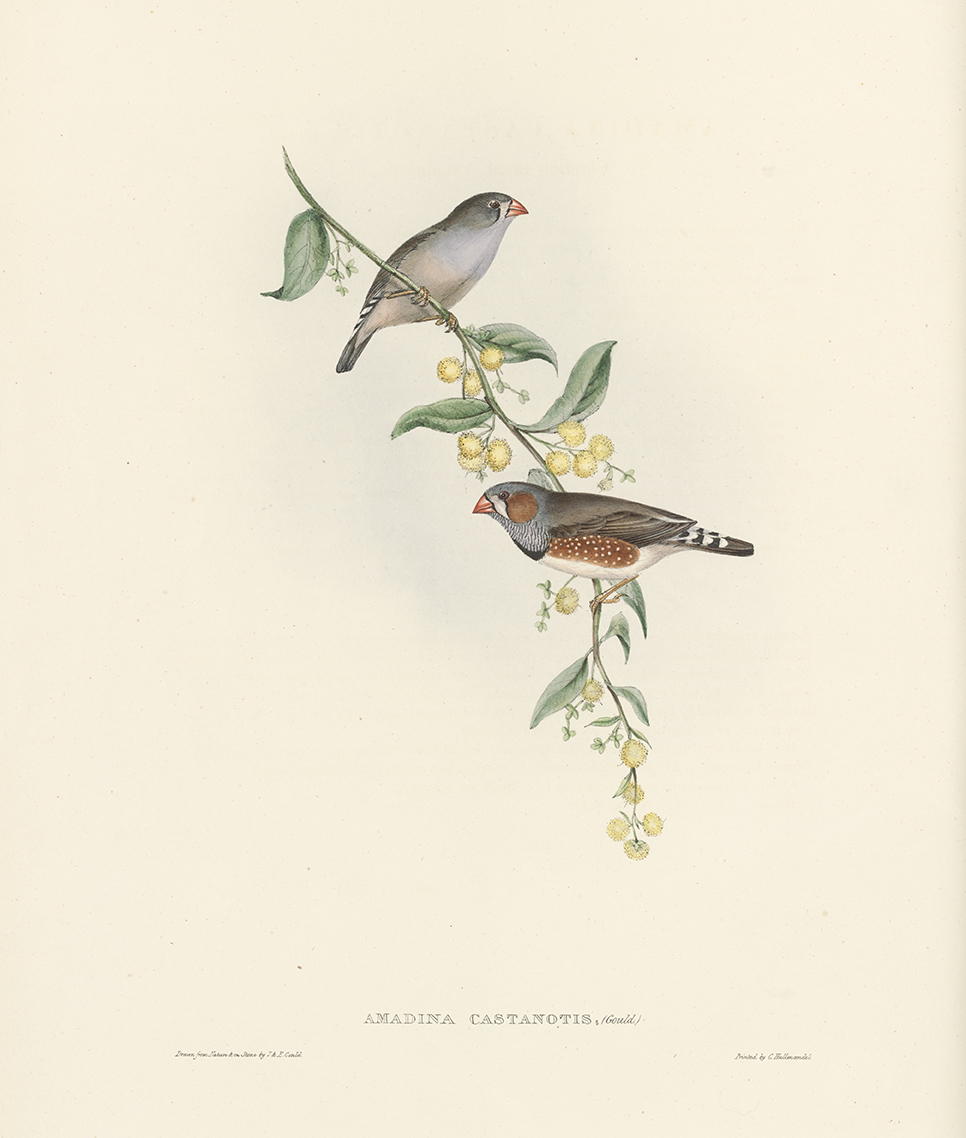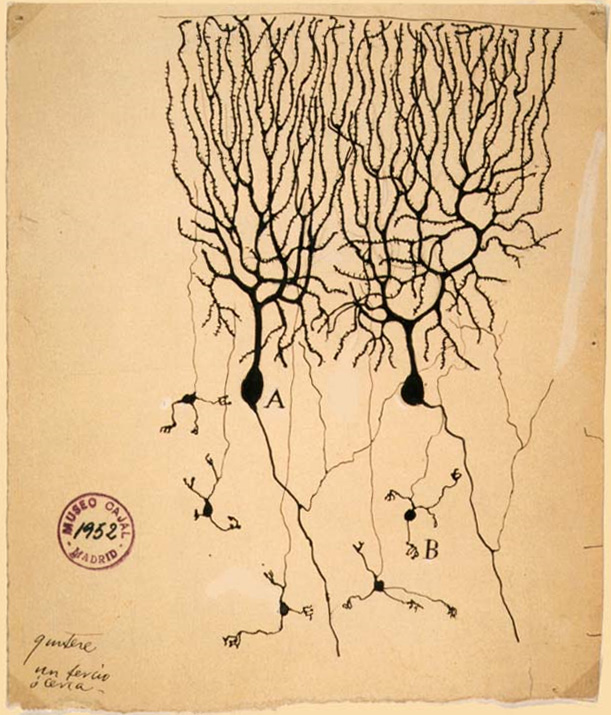The most beautiful thing we can experience is the mysterious. It is the source of all true art and all science – Albert Einstein.
At first glance, the long relationship between art and science may seem out of place. One is subjective and compelled by limitless imagination, the other a search for objective truth driven by methodical rigour, but one only needs to look to history, and it is clear that the collision of arts and science is an old practice.
Art has been a method of human interaction with the natural world for centuries. Indigenous people have long combined storytelling, painting and dance with science, land management and agriculture. Science has often turned to art to bring its new findings to life and artists like Leonardo da Vinci realised that in order to depict the world, we first need to understand it. The Edwardian era pathologist and father of neuroscience Santiago Ramón y Cajal turned our understanding of the mind on its head by way of a rudimentary microscope and exquisite ink sketches showing mysterious gaps – synapses – within the circuitry of the brain. Ornithologist John Gould and his wife Elizabeth championed the ideas of Darwin through elegant paintings of the Galapagos finches that would later form one of the most central arguments in the theory of evolution. Many Australian species unknown in Europe were recorded in fine detail using only pen and paper.
The interplay between art and science remains integral to our lives – think of advances in photography, a medium born from a marriage of visual art and science, whose first users were botanists and archaeologist that is now employed by astronomers to show us the cosmos. Science is present in digital arts through CGI animation and three-dimensional printing; it exists in the coding genius of the video games we play, the new material of our clothes and the mathematics in our music.
It could be said that the links between art and science are closer than ever. In a world where the speed of change is increasing and the near future may hold everything from artificial intelligence and machine thinking, to commercial space travel and ecological destruction, we will need curiosity and creativity above all else.

Amadina Castonotis
Zebra Finch, 1838
John and Elizabeth Gould
Image credit: State Library of Victoria

Neurons in the pigeon cerebellum, 1889
Santiago Ramón y Cajal
Image credit: Instituto Cajal, Madrid, Spain.

Argonauta nodosa
The Paper Nautilus, c1895 by Arthur Bartholomew
Prodromus of Zoology in Victoria, F. McCoy of the Royal Society of Victoria.
